6 ways to shape your drum sounds in a sampler
Brush up on the basics with these tips for using a sampler to shape and perfect your one-shot drums
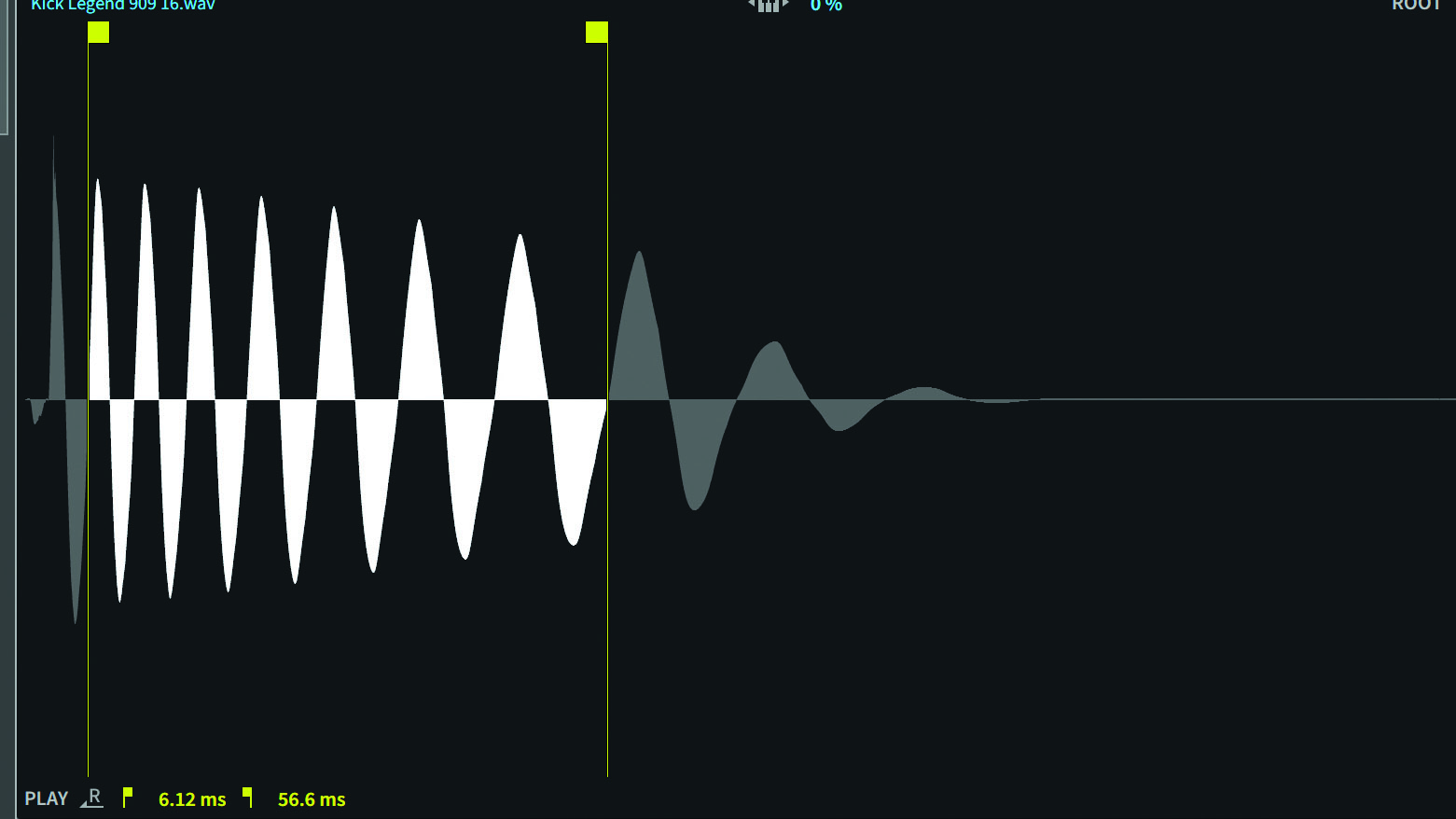
If the synthesiser is the primary melodic instrument of electronic music, then the sampler can be thought of as the tool that has single-handedly defined the punchy, repetitive rhythms that we now take for granted.
Here, we've put together a list of six techniques that will help you to creatively manipulate your drum one-shots in a sampler.
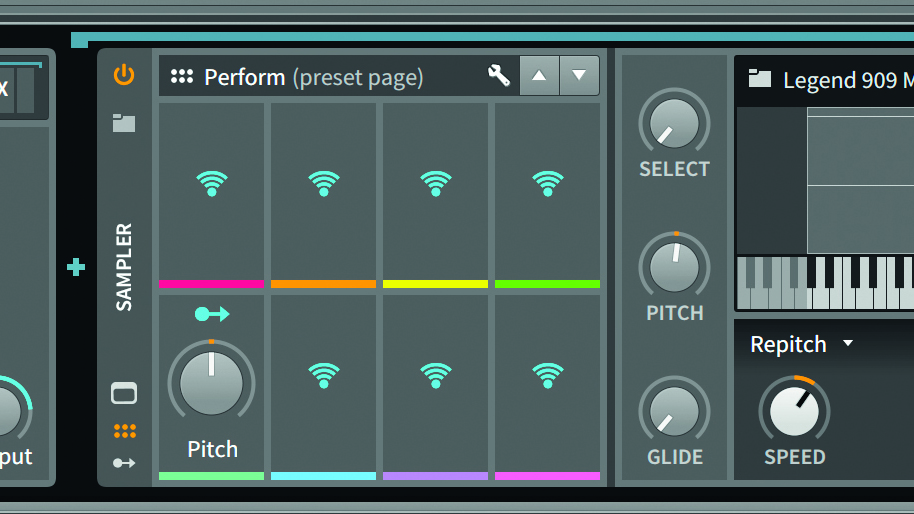
Tip 1: A sampler allows you to adjust the coarse tuning (in semitones) or fine tuning (in cents) of a loaded sound. Tune your drum samples to extremes for creative effects, or detune them over smaller scales to help gently pitch the hits to fit the other parts.
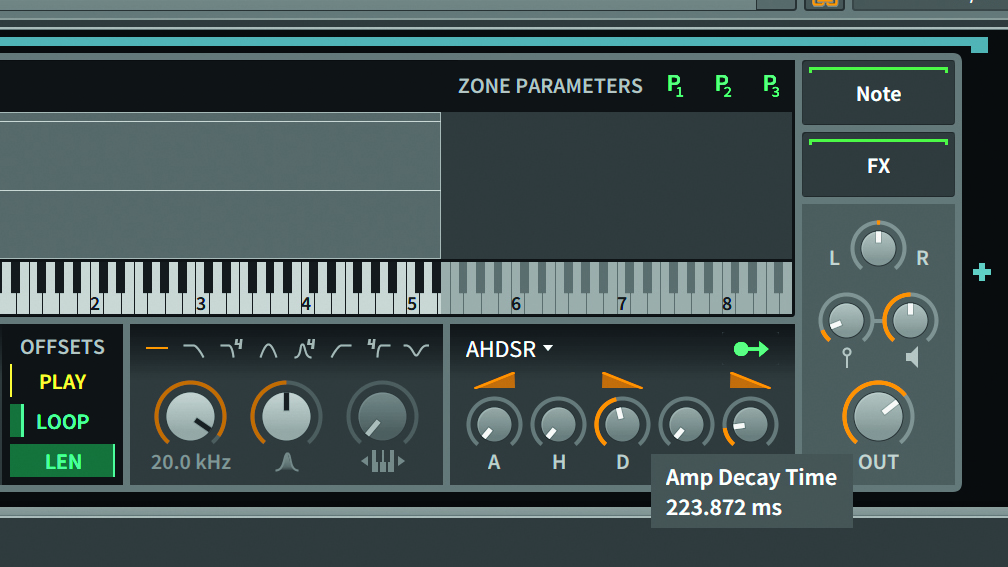
Tip 2: To adjust the length of a drum hit over time, you’ll want to familiarise yourself with your sampler’s amplitude envelope. If a hit is too long and sustained, for example, simply pull back sustain to minimum, then set decay length to dial in the perfect amplitude shape.
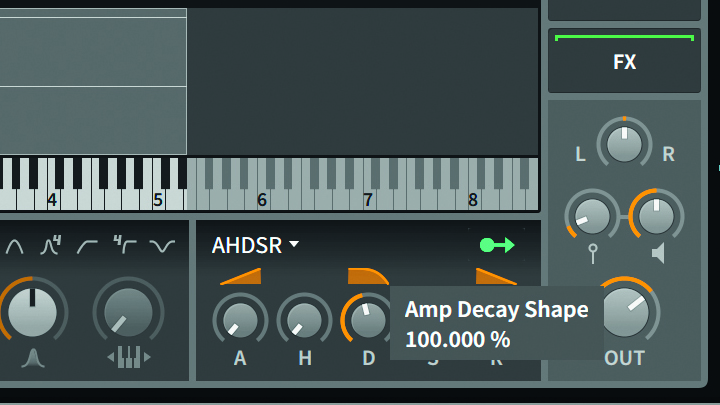
Tip 3: Many drum samplers allow you to adjust the decay or sustain curve response over time. As drums are relatively short in duration, this can be a great way to precisely shape a kick drum’s dynamics, giving you the perfect length that then sharply cuts out of the mix.

Tip 4: A sampler lets you fiddle with a sample’s start and end point. Mess around with settings to remove the sharp nose of a clicky drum hit, or chop off a lengthy tail to isolate only the sustain section you need.
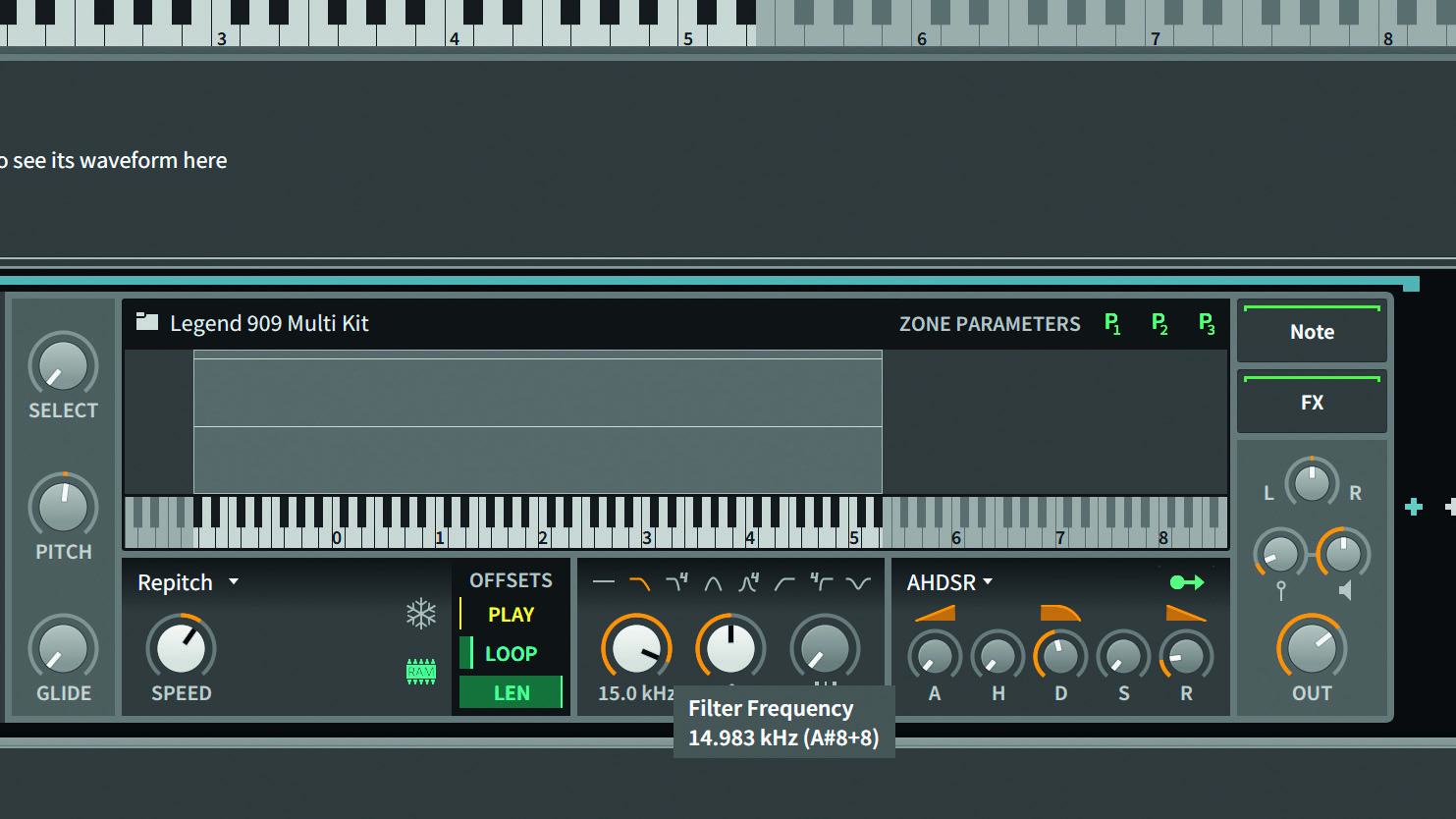
Tip 5: All samplers feature a filter of some description, providing you with a rapid way to shape a drum hit’s tone. Quickly dial in a high-pass filter to remove undesirable bass frequencies from a hi-hat or percussion sample, or pull down a low-pass filter to dull an overly bright signal.
Want all the hottest music and gear news, reviews, deals, features and more, direct to your inbox? Sign up here.
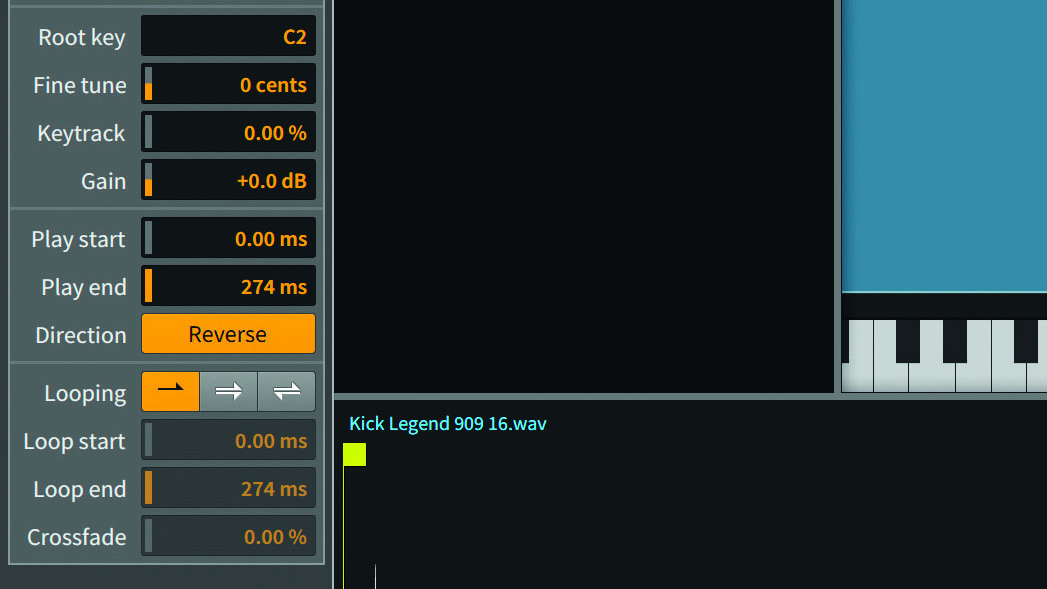
Tip 6: Other common sampler features pertinent to drums include a reverse function, which can be used to transform sharp sounds into reverse ‘whip’ effects; velocity sensitivity controls to help customise playback force in line with your style of playing; and looping features for extended playback. We’ll go deeper in the next tutorial…
Future Music is the number one magazine for today's producers. Packed with technique and technology we'll help you make great new music. All-access artist interviews, in-depth gear reviews, essential production tutorials and much more. Every marvellous monthly edition features reliable reviews of the latest and greatest hardware and software technology and techniques, unparalleled advice, in-depth interviews, sensational free samples and so much more to improve the experience and outcome of your music-making.
